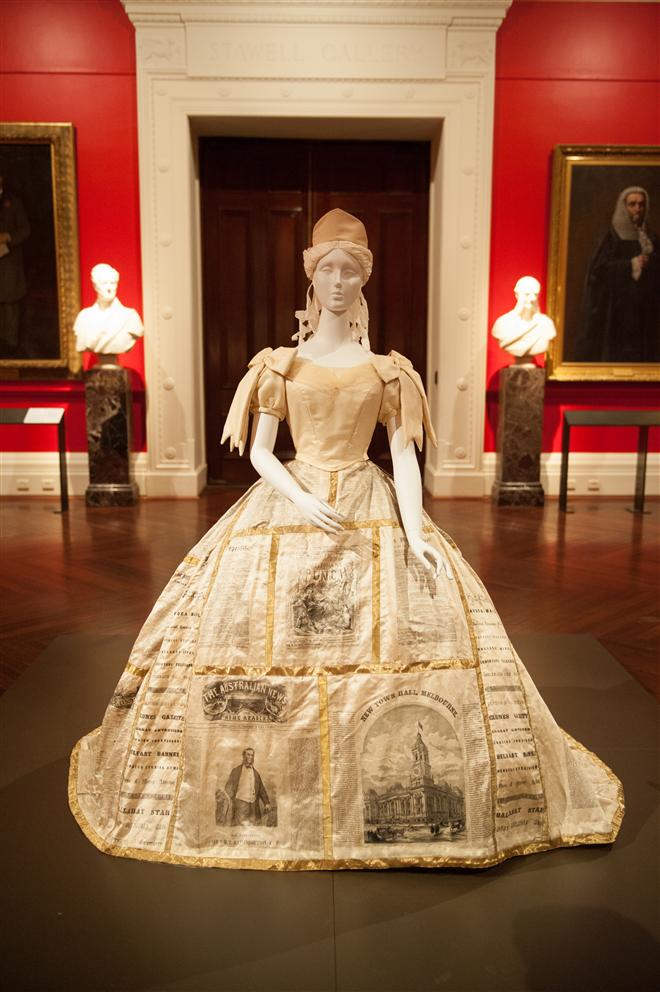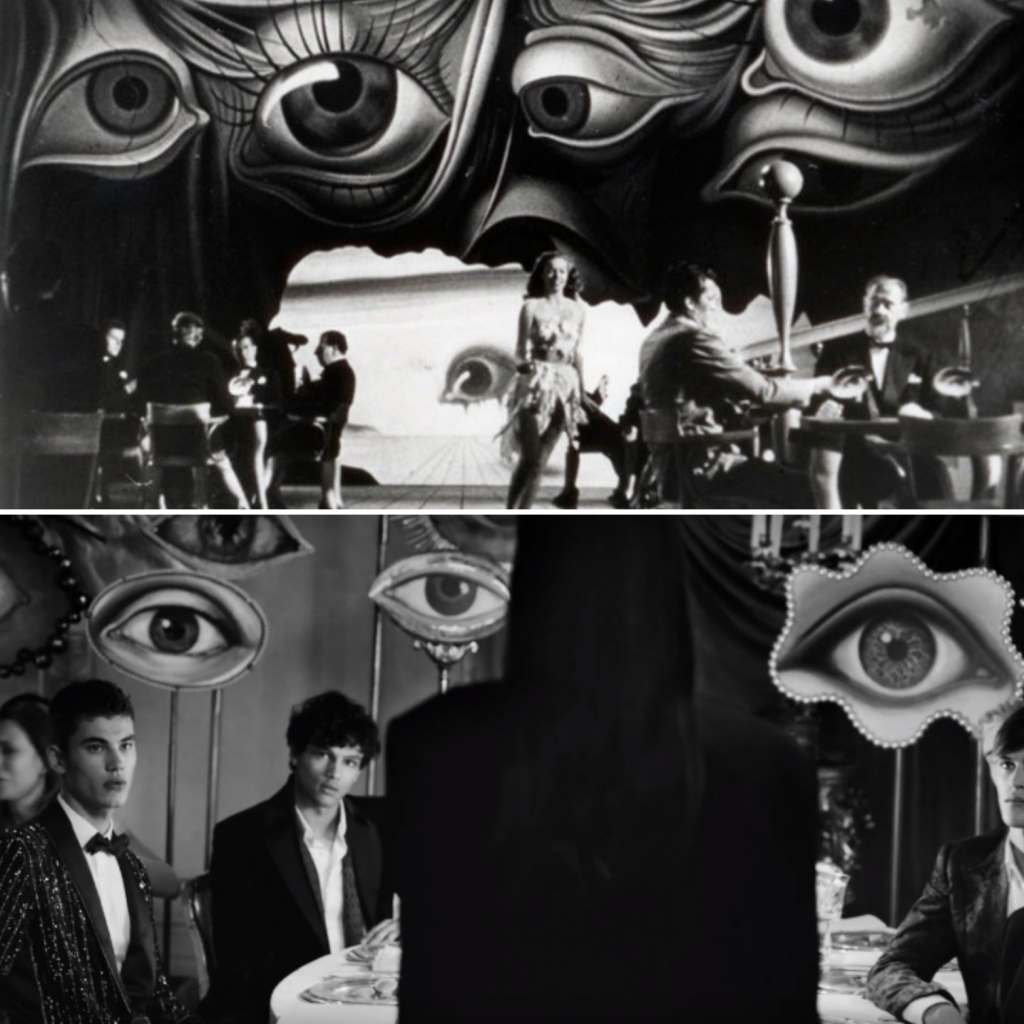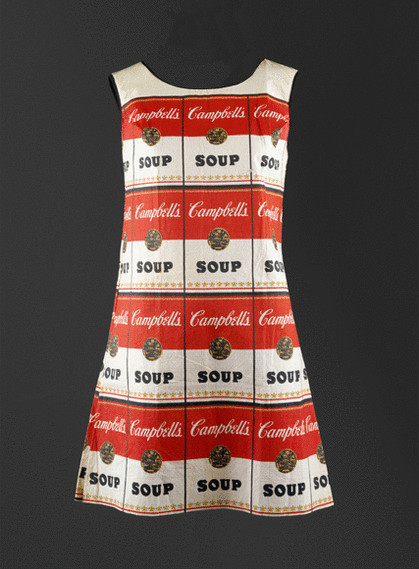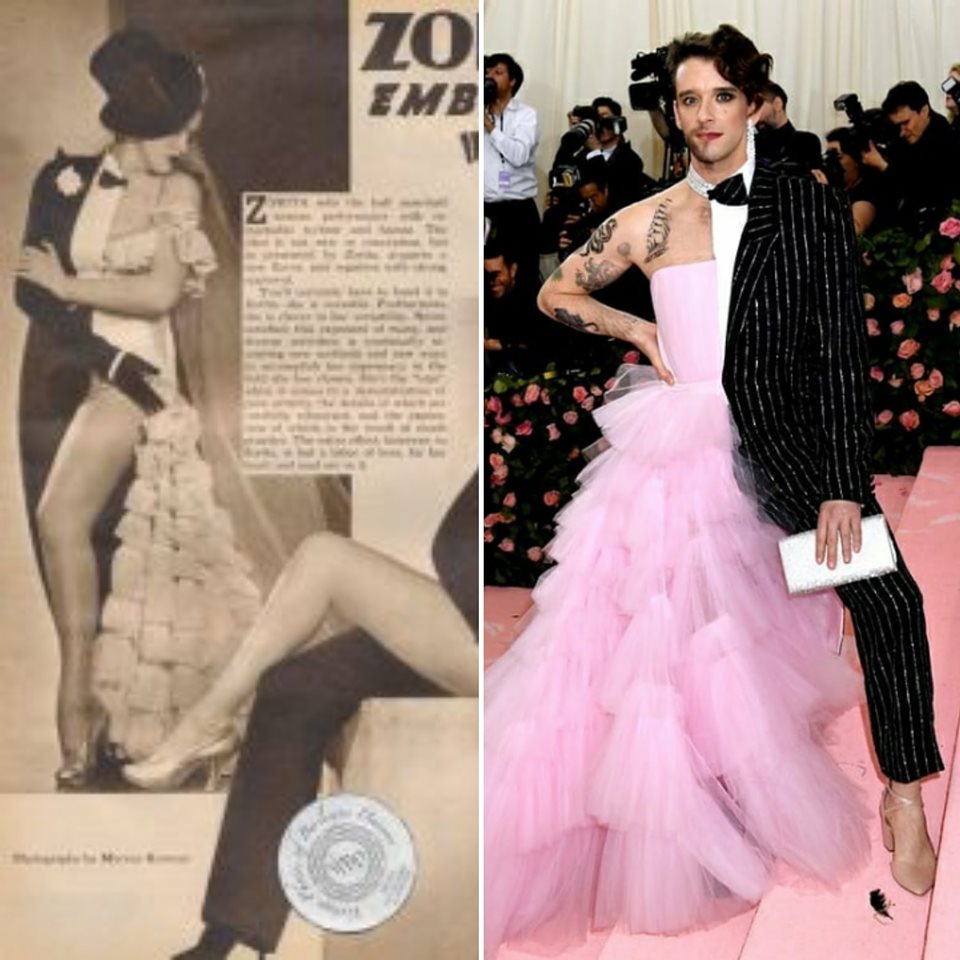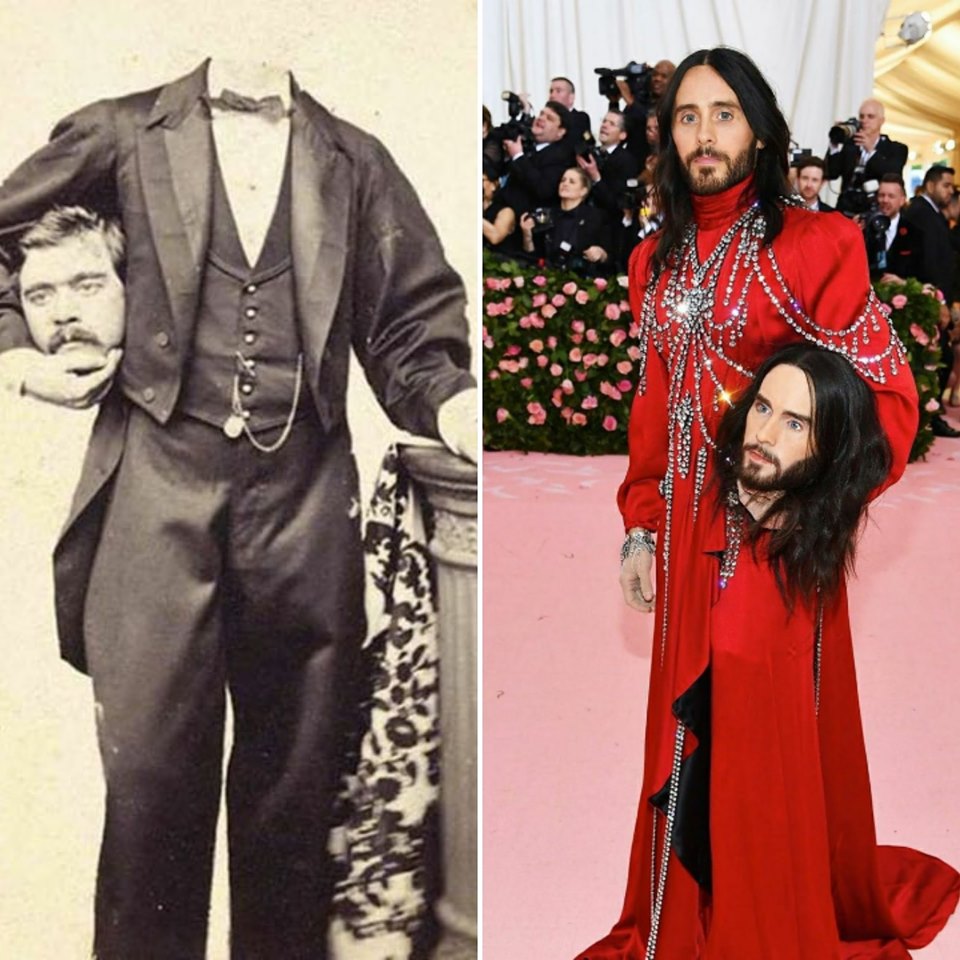(scroll down for the english version)
Questo abito è appartenuto a Matilda Butters, seconda moglie del politico e uomo d’affari australiano James Stewart Butters. La signora Butters lo indossò per la prima volta al ballo in maschera del Settembre 1866, organizzato dal sindaco in onore del nuovo governatore di Victoria. Questo abito è formato da pannelli di seta su cui erano stampate le prime pagine dei quotidiani di Melbourne. La gonna è costituita da circa quattordici pannelli bordati e separati da un cordoncino dorato. Sui pannelli frontali erano stampati la nuova Town Hall, un ritratto del nuovo governatore e di mr. Punch proprio come erano apparsi sulle pagine del Melbourne Punch. Questo abito era corredato da una tiara che recava la scritta “Libertà di stampa” e la cronaca ci racconta che la signora Butters aveva con sé una stampante in miniatura -perfettamente funzionante – con la quale nel corso della serata stampava su nastri di seta versi dal poema di Lord Byron “Lara”. Come è facile immaginare, la signora Butters fu così ammirata che indossò l’abito in occasioni successive. I giornali stampati sulkl’abito sono: The Age, Argus, Weekly Age, Leader, Australasian, Herald, Bell’s Life, Spectator, Journal of Commerce, Government Gazette, Dicker’s Mining Record, Illustrated Australian News, e Punch. Gran parte dei pannelli che lo compongono sono stati stampati, utilizzando proprio le matrici ed i caratteri dei quotidiani, dai noti tipografi Blundell & Ford (tranne Argus e Government Gazette che si occuparono della stampa dei propri pannelli). A tutt’oggi, i pannelli di seta stampati sono perfettamente leggibili e questo grazie al lavoro certosino e all’abilità dei tipografi australiani.
(Immagine e le informazioni sull’abito sono state prese dall’ Australian Dress Register)
Eng,
Mrs Matilda Butters, second wife of colourful Melbourne politician and businessman James Stewart Butters, wore this dress for the first time at the mayor’s fancy dress ball in September 1866, held to celebrate the arrival of the new governor of Victoria. The dress was constructed from panels of silk printed with the front pages of Melbourne newspapers. The panels were sewn together to form a bodice, sash and full-length crinoline skirt with train. The skirt, which measured more than five metres around the bottom edge, was made up of 14 panels, each of which were separated and edged with gold braid. The front panels showed the new design for the Town Hall, a portrait of the just-appointed Victorian governor Sir H.Manners-Sutton, and Mr Punch as portrayed on the front page of Melbourne Punch.
Mrs Butters also wore a coronet headdress proclaiming ” Liberty of the press” and carried a functioning miniature printing press (that she used throughout the night to print lines from Lord Byron’s poem “Lara” onto satin ribbons). The dress was such a success so that Mrs Butters wore it on a number of subsequent occasions. The dress featured the papers: The Age, Argus, Weekly Age, Leader, Australasian, Herald, Bell’s Life, Spectator, Journal of Commerce,Government Gazette, Dicker’s Mining Record, Illustrated Australian News, and Punch.
The majority of the panels were printed from the actual plates and type of the newspapers by Blundell & Ford, a well-known Melbourne printing firm (except the Argus and Government Gazette, who printed their own panels). The silk panels of printed newspaper are still readable, testament to the skill of the printers.
(Source: Australian Dress Register)
